10. juli 2025
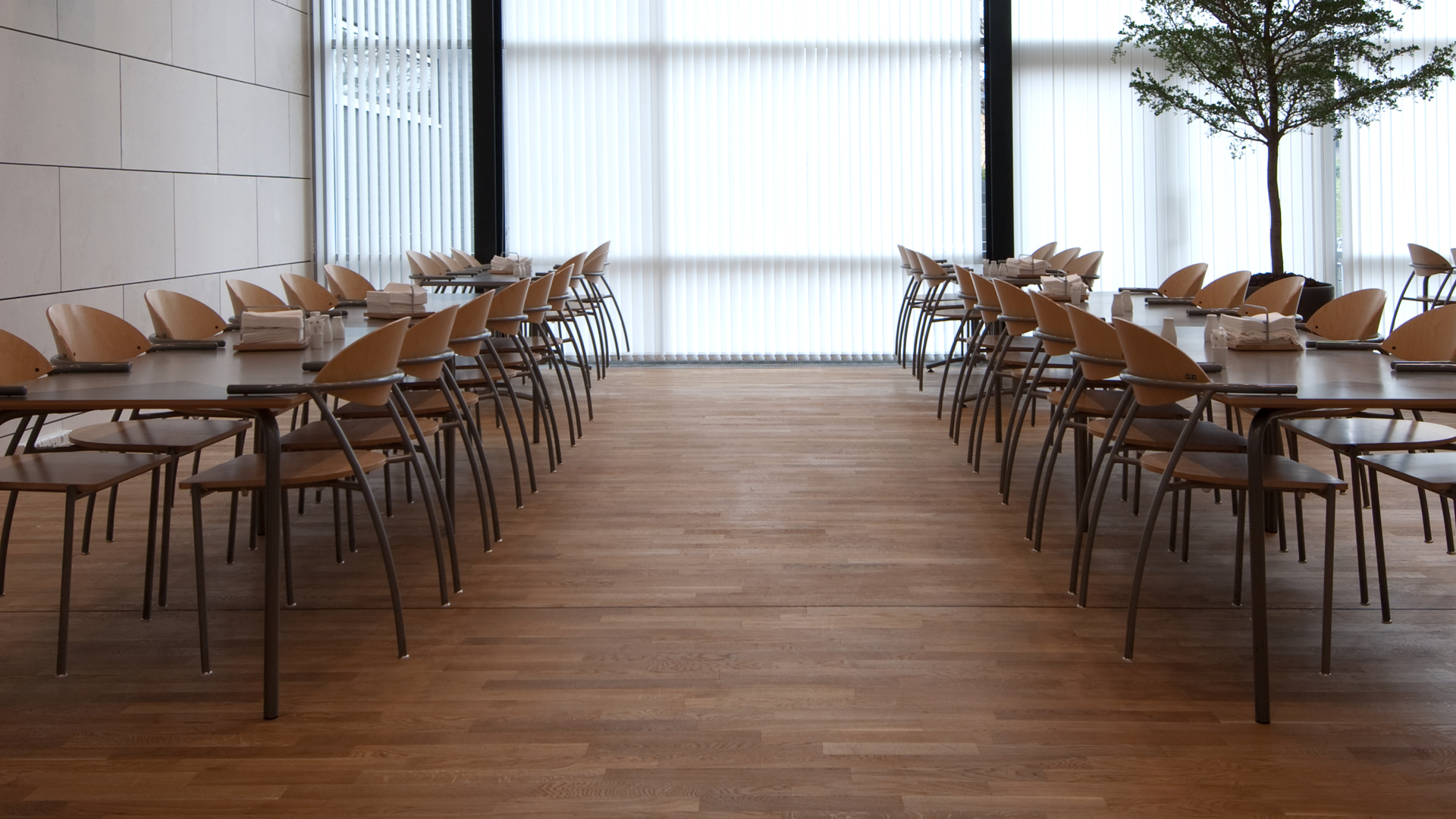
Josefine Alstrup
Where buildings were once seen as static endpoints for materials, they are now increasingly viewed as material banks.
From Structure to Resource: Buildings as Material Banks
In the world of architecture and construction, a quiet but powerful shift is taking place. Where buildings were once seen as static endpoints for materials, they are now increasingly viewed as material banks: repositories of valuable resources that can be reused, repurposed, and reimagined long after the original building has served its purpose.
The Rise of Circular Thinking
As the pressure to reduce carbon emissions and construction waste grows, so too does interest in circular building practices. The idea is simple: instead of treating materials as disposable, treat them as assets. When a building is deconstructed, whether decades or centuries later, its components can be harvested for new uses. Bricks, timber, metal, and more can find second lives in other structures.
But this approach depends on planning ahead. Material passports, traceability, and documentation are essential for architects and clients who want to ensure that today’s buildings support tomorrow’s resource streams.
What Makes a Material Bank Work?
For a building to function as a material bank, a few key principles should be in place:
- High material quality: Products must be durable enough to outlast a building’s first lifecycle.
- Responsible sourcing: Certified materials (like FSC® or PEFC™ timber) are more likely to be reused.
- Accessible documentation: EPDs, material passports, and lifecycle data support informed reuse and ensure compliance with environmental standards.
- Design for disassembly: Joints, fixings, and modular thinking allow for easier removal and reuse.
Across the Nordics and Europe, industry pioneers are integrating these principles into early-stage design. Architects and suppliers are increasingly working together to think beyond the building’s first life.
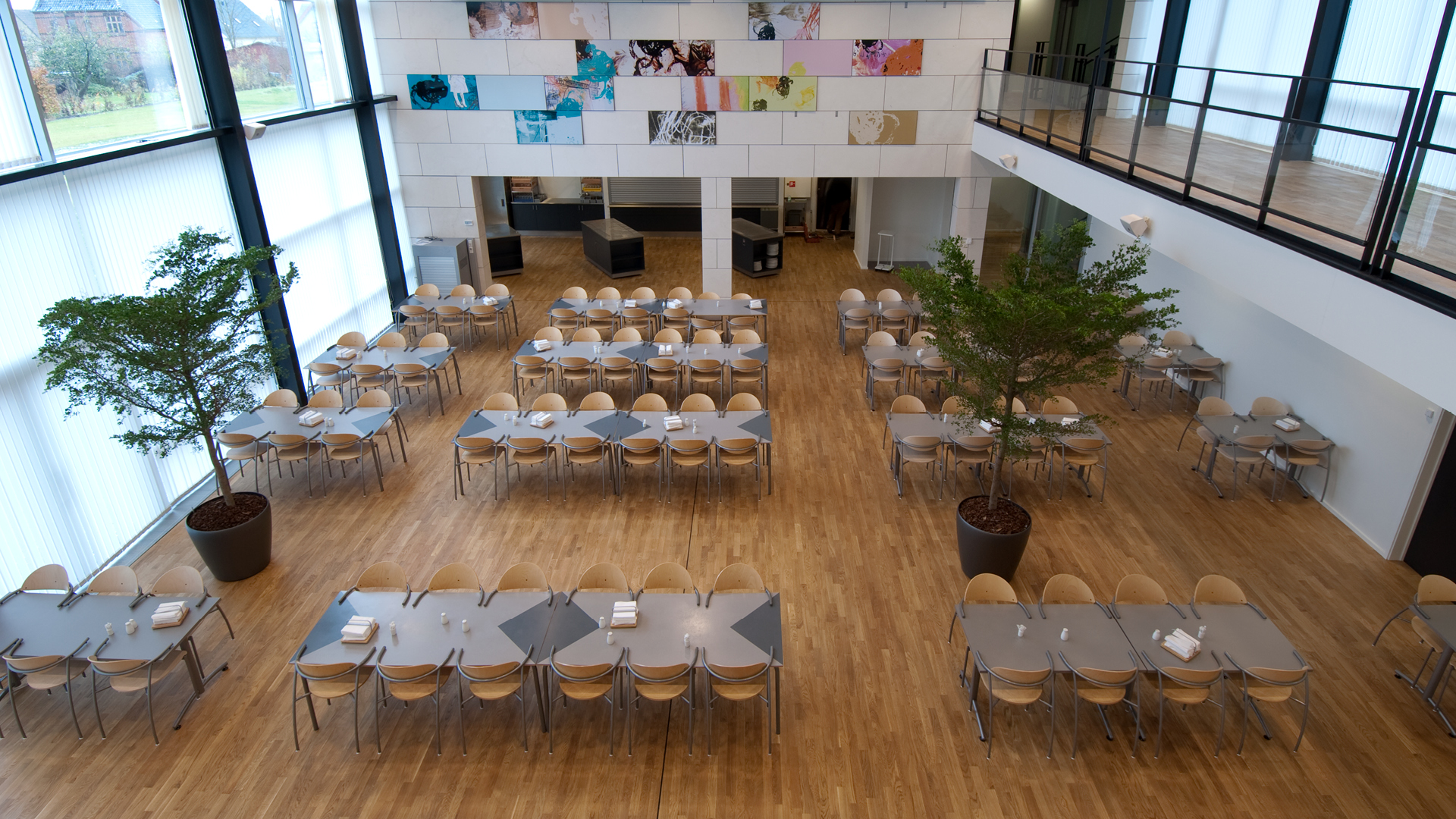
Research and Action: A Danish-Swedish Example
One promising initiative is the collaboration between the Danish Technological Institute and the Swedish Environmental Research Institute (IVL), supported by the EU’s Interreg Öresund Kattegat Skagerrak programme. Their joint project, Cirkulær Økonomi i Byggeriet, aims to promote circular construction by documenting material reuse and developing best practices across the region.
The initiative is already generating new insights into how timber, concrete, and composite materials can be reused without compromising safety or performance. It is a crucial step toward standardising practices that allow more buildings to serve as viable material banks from day one.
Long-Term Thinking Starts with Material Choice
There are materials already in use today that prove reuse is not just possible but practical. Solid wooden floors, for instance, have been salvaged and relaid with remarkable results. In Denmark, companies like Hørning have documented floors that, even after 60 years of use, retain the durability and visual character needed for reuse.
This kind of longevity is not just a happy accident. It is a consequence of careful material selection, expert installation, and a shared commitment to craft.
Buildings That Give Back
The concept of buildings as material banks may still be evolving, but it offers a compelling answer to some of the built environment’s most pressing challenges. From climate impact to resource scarcity, the ability to reuse quality materials will be key to a more resilient and responsible future.
By designing with reuse in mind and demanding higher standards from materials and documentation, the industry can create buildings that do more than shelter. They can store value, preserve resources, and give something back.
Because good architecture doesn’t end with demolition. It continues through the transformation of a construction.
At Hørning, we stand behind this movement wholeheartedly. With a deep respect for craftsmanship, material quality, and responsible sourcing, we continue to contribute to buildings that are built to last, and built to give back.
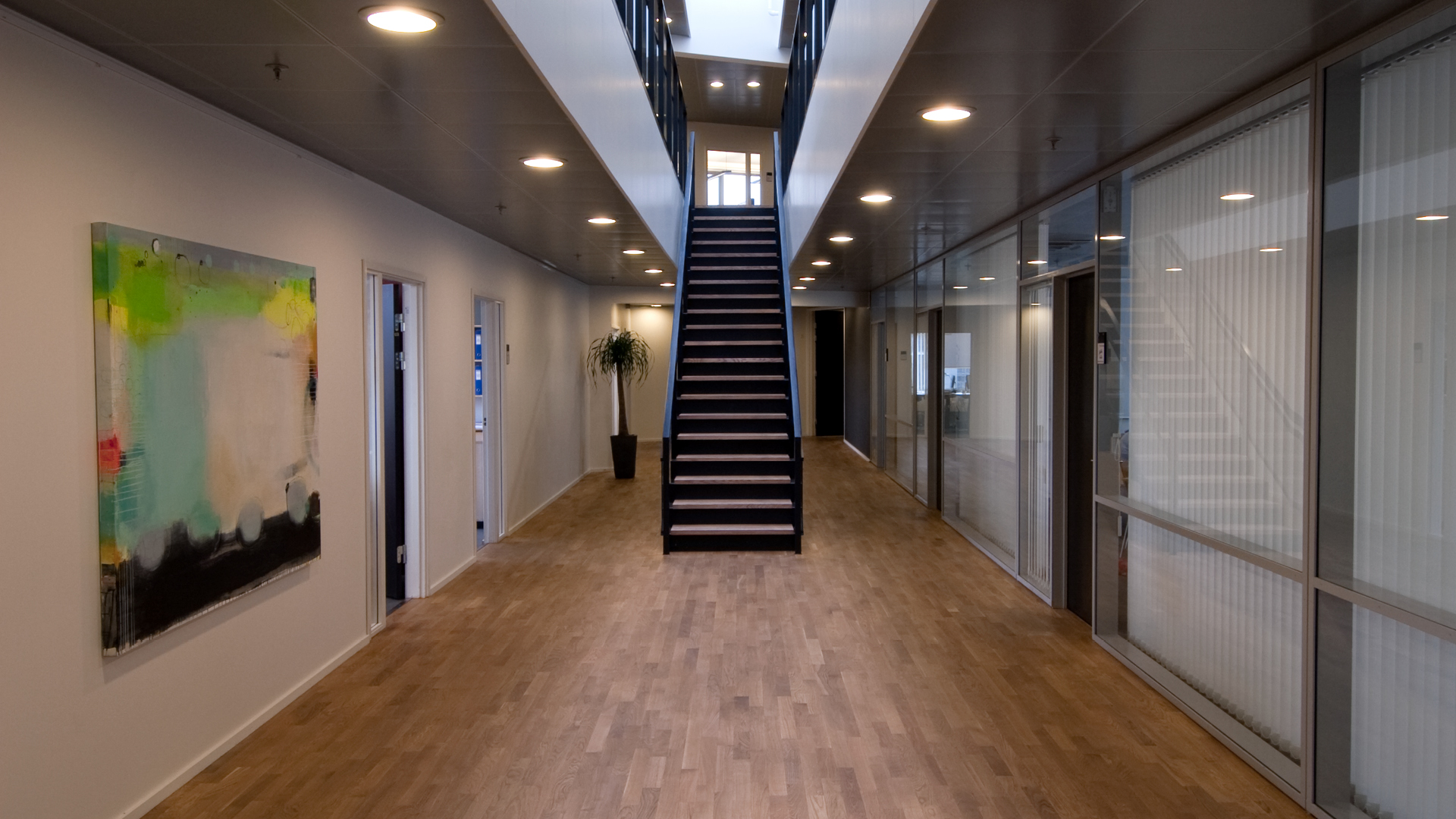
Explore more stories
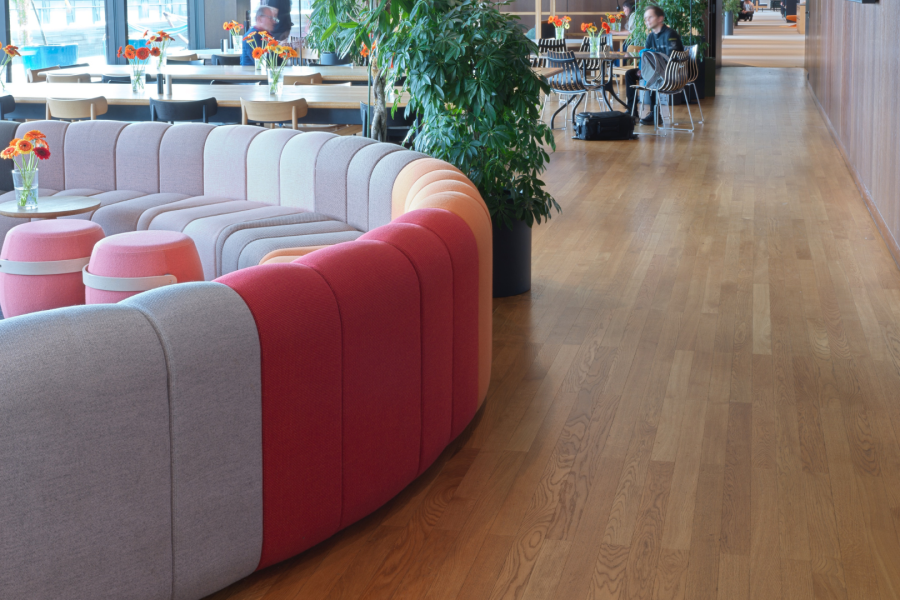
Building For A Century
23. oktober 2025
The National Museum in Oslo, located near Aker Brygge and Oslo City Hall, has been designed to last for more than a hundred years.
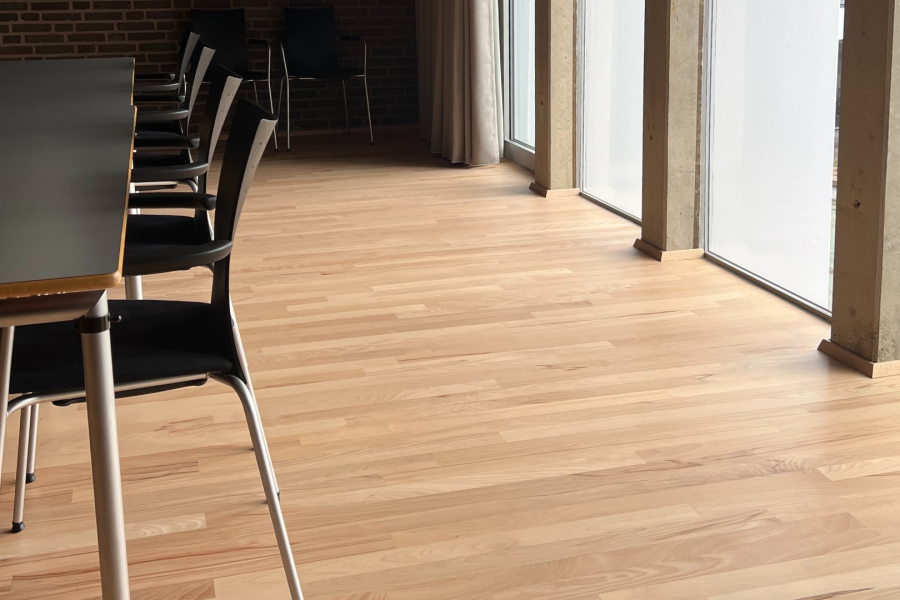
Renewal Rooted In Tradition
21. oktober 2025
In the heart of Billund, a church - originally built in 1973 - has long stood as both a spiritual and cultural gathering place.
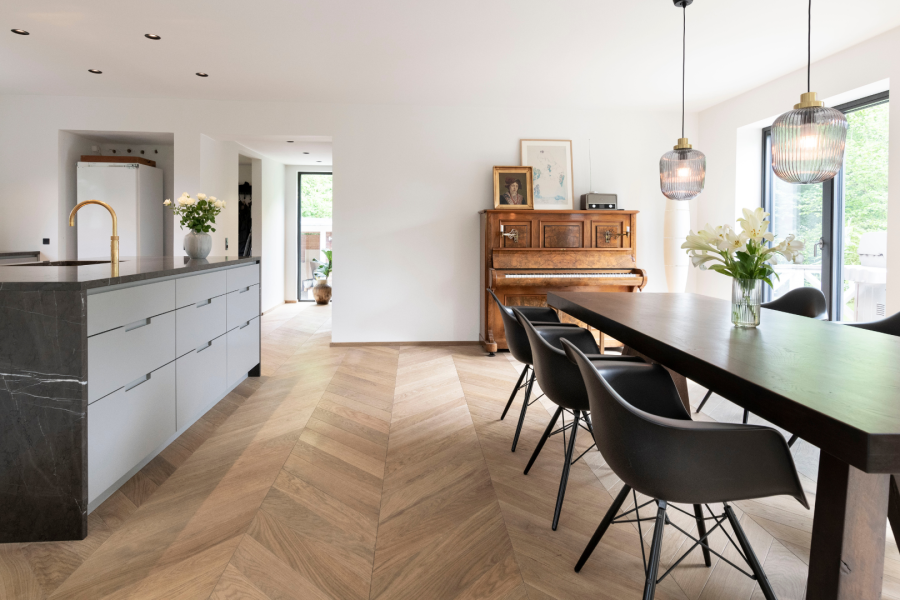
A Chevron Story
16. oktober 2025
Choosing a wooden floor is never just about surfaces. It is about atmosphere, longevity, and the way details connect a project into a harmonious whole.



